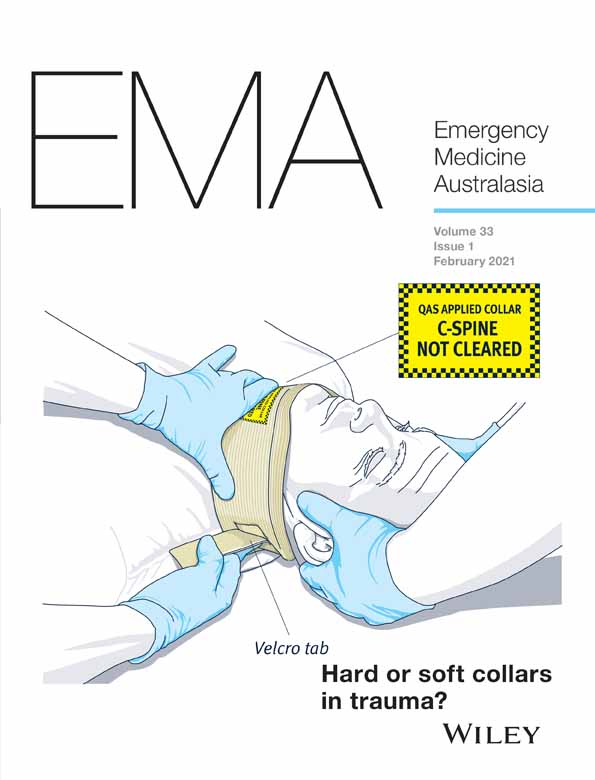Incidence, bystander emergency response management and outcomes of out-of-hospital cardiac arrest at exercise and sport facilities in Australia
Abstract
Objective
Despite growing emphasis on automated external defibrillators (AEDs) at sport venues in Australia, the risk of cardiac events at such locations is unknown. The aim of the present study was to investigate the incidence of out-of-hospital cardiac arrest (OHCA) at exercise and sport facilities (ESF) in Australia and the impact of effective bystander-initiated CPR and AED use on return of spontaneous circulation (ROSC) to hospital admission.
Methods
Data were obtained from the Queensland Ambulance Service for the 8-year period between January 2007 and January 2015. Data were analysed using descriptive statistics, non-parametric correlational tests and logistic regression. The OHCA incidence rate (IR) for ESF categories was standardised for 100 000 participant-years.
Results
Over the 8-year period, there were 250 OHCA events with a median age of 62 years (interquartile range 49–69) comprising mostly males (86.6%, n = 187). The risk of OHCA for 100 000 participants per year was highest at outdoor sports facilities (IR 5.1) followed by indoor sports or fitness facilities (IR 0.8). On arrival of paramedics, bystander-initiated CPR and AED was present at 12.4% (n = 31) of the cases achieving 33.3% (n = 9) ROSC to hospital admission. The odds of ROSC for effective CPR was 2.3 times the odds of ROSC for no CPR (P = 0.01).
Conclusion
These findings have implications for policy development by government agencies and major sport and exercise organisations to improve bystander CPR and AED. This can help to ensure that ESF can properly respond to cardiac emergencies to save lives.
Open Research
Data availability statement
Research data are not shared.




